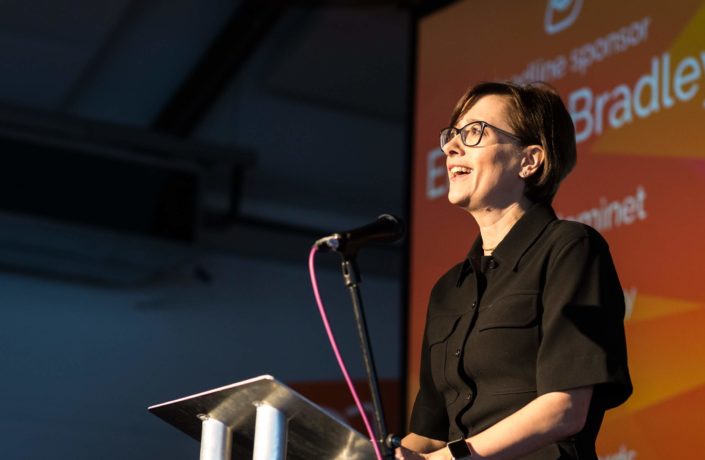 Insight
Insight


111 online is a national digital service that helps people get the most appropriate healthcare. As part of this we look to build the service so that it’s inclusive to all. There’s always more work to be done, but I’ll share some of the things we’ve learnt so far.
The average age of the 111 online user is 30 and we get more women than men using the service. Overall the trend is towards a younger demographic but a significant number of older people (80+) use 111 online too.
Building a product based on the average user would likely exclude others. When we talk about inclusion we look to make a service that anyone can use.
Often we think of disability in binary terms, but there is a spectrum. With eyesight for example, there are people with 20/20 vision, those who are blind, and a range of people in between.
It’s worth remembering too that some disabilities are temporary, caused when people are ill or have an injury. This is particularly true for health services. Think of a person with a broken arm who may struggle to use a website with their other hand, or someone who has a headache and will struggle to read large amounts of text.
Accessibility tools and checkers are great for understanding some of the main issues that users might have, but testing with people who have disabilities and accessibility issues will reveal many more problems with your service. In practice, though this can be hard to do.
The Digital Accessibility Centre’s specialist users have helped us understand some of the main issues with the service so that we can fix them.
We’ve also built up relationships with various local charities and have found that local libraries are a great way to access groups that can sometimes be hard to reach.
As part of building the service, we needed to understand the impact of moving between different channels, such as from web to telephone. One of the key benefits of 111 online is referring people into NHS services and often this takes the form of a callback. But if you have a hearing impairment, getting a callback may not be a great solution, as how can you hear what the nurse is saying?
When testing with a person with a hearing impairment, we found that there’s a text relay service that hearing impaired people can use by prefixing their number with 18002. However, when we first built the service the validation checks blocked the number being entered as it was too long. We’ve changed that now!
One of the big challenges of any site is getting the content right, especially when it comes to health. The average reading age in the UK is nine. The questions we use on 111 online are the same as the phone service but worded differently. On the telephone human interaction allows a skilled call handler to pick up on what the user is saying, identifying symptoms like shortness of breath, or to clarify questions if a user doesn’t understand them. Online we have one chance to get a user to understand the meaning of the question and answer it correctly.
It’s been hard to do and we don’t always get it spot on. Not everyone likes the plain language we use, but they can understand it. Using colloquialisms, euphemistic language or more formal terminology can be a barrier to people using the product and in getting the help they need.
When making a service accessible it is important to help your team become more aware of what it’s like to live with a disability and how that might make a product or service harder to use. There are special glasses that mimic different types of visual problems, gloves that give a sense of what it’s like to have reduced dexterity, and headphones that emulate different ranges of hearing impairment. If you’re a public sector organisationyou can use this equipment at the GDS accessibility and empathy lab for no cost.
We’ve just passed a milestone of 1 million journeys. Within that large group we know some people might still struggle to use the service. We’re about to look at how people who use sign language tools can get help from 111 online and want to understand how the site works for people with dyslexia.
By continuing to work with people with specialist needs we’ll build a service that’s simpler and easier for everyone.
NHS 111 Online was a winner in the Health Category at the 2019 DigitalAgenda Impact Awards. The deadline to enter the 2020 Impact Awards is on the 16 December 2019 – if you are a trailblazer in UK tech for good, this is your last chance to enter.